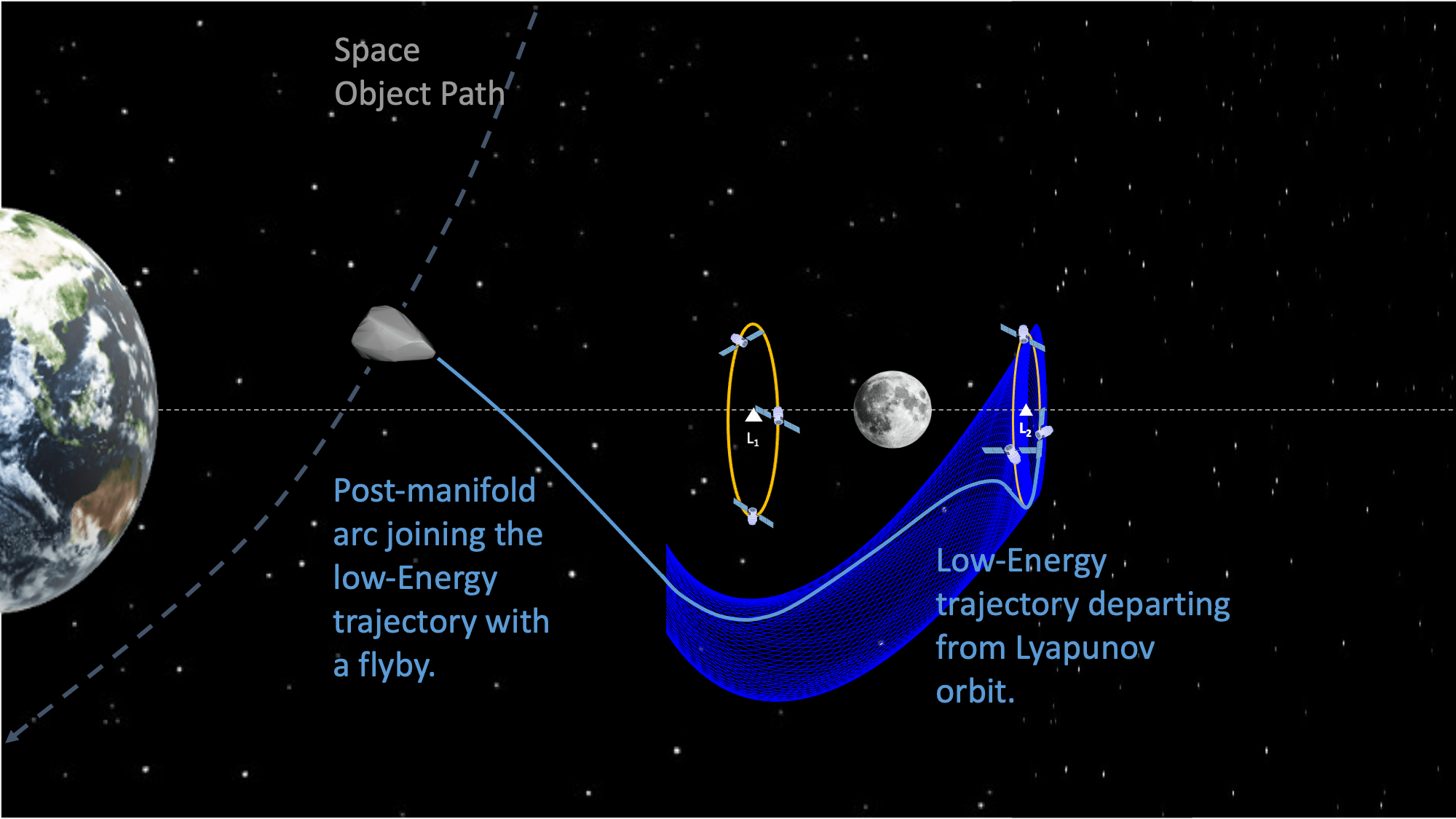To the Moon: New Research Aims to Establish Safe and Reliable Mission Operations Through Cislunar Space

The University of Texas at Austin is collaborating with three other institutions to build the foundation for space operations to, from and throughout the Earth and moon neighborhood. This area, called the cislunar region, is an enormous, three-dimensional volume of space with many complex factors to be incorporated by mission planners and spacecraft designers.
Researchers from Purdue University, the institution leading the project, and UT Austin, Penn State and Georgia Tech, will look at basic research challenges to path planning, navigation, and control within the context of space domain awareness in cislunar space. They plan to improve the foundational understanding of pathways throughout the cislunar region, and leverage these insights to track and predict the locations of objects beyond earth’s neighborhood. The unique dynamical characteristics of the cislunar region and the associated pathways will then provide the important building blocks for autonomous spacecraft navigation, decision-making, and control responses.
The resulting tools will aid government agencies and commercial operators to successfully operate missions in cislunar space – and even into deep space – more sustainably.
This multidisciplinary and intercollegiate effort, called the Characterizing Highways and Automated Navigation in Cislunar Environment (CHANCE) project, received $4.5 million in funding from the Air Force Office of Scientific Research (AFOSR) in July 2023.
